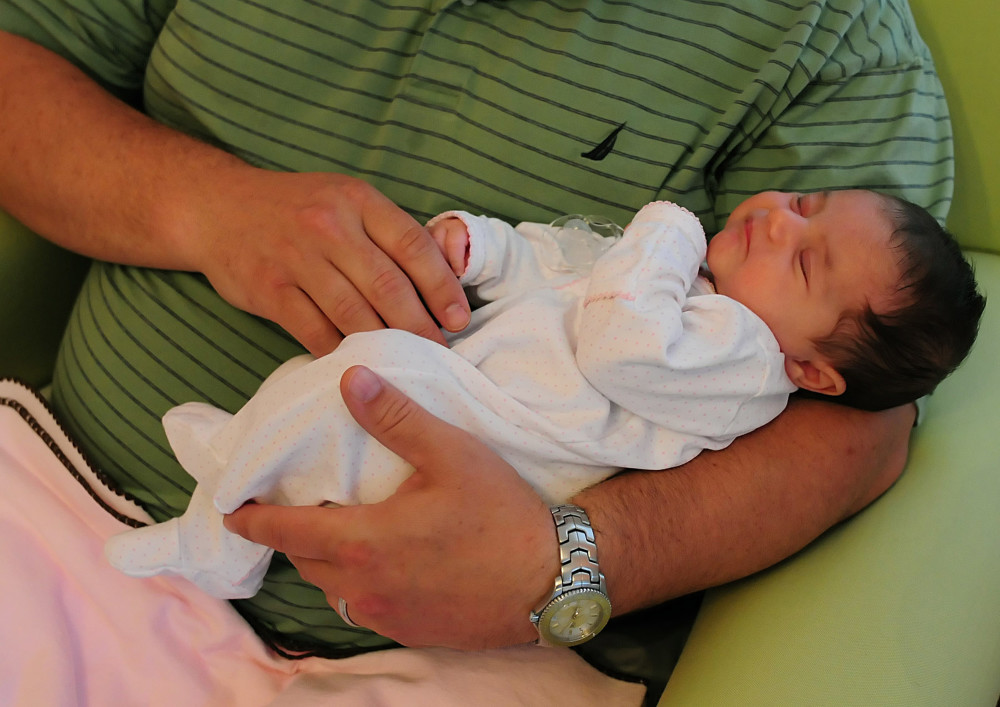By Karen Kaplan
Los Angeles Times.
LOS ANGELES
More than 1.5 percent of babies born in the U.S. in 2012 were conceived in a laboratory dish thanks to in vitro fertilization, an all-time high, according to a report released Monday by the Society of Assisted Reproductive Technology.
The 379 fertility clinics that are members of SART performed a total of 165,172 procedures in 2012, resulting in the births of 61,740 babies. Both figures are new records as well, SART says.
In more than 99 percent of the cases, the reproductive technology used was IVF. Two methods that are more invasive, gamete intrafallopian transfer (GIFT) and zygote intrafallopian transfer (ZIFT), made up less than 1 percent of the total.
For women under the age of 35, 40.7 percent of fertility treatment attempts resulted in a live birth. So did 31.3 percent of the attempts by women ages 35 to 37; 22.2 percent of the attempts by women ages 38 to 40; 11.8 percent of the attempts by women who were 41 or 42; and 3.9 percent for women who were 43 or older.
The clinics reported progress toward their goal of reducing the number of multiple births, especially higher-order multiples (triplets, quadruplets, or in the worst-case scenario, Octomom).
The expense of IVF prompts most couples to transfer more than one embryo in a cycle, to improve the odds that at least one will implant.
However, doctors were able to persuade women under the age of 35 to transfer a single embryo in 14.8 percent of the cycles.
The story was the same for 8.9 percent of cycles involving women ages 35 to 37. That helped push down the average number of embryos transferred per cycle of IVF to 2.0 or lower.
Even for women in the oldest cohorts, the average number of embryos transferred was still below 3 (though just barely, it was 2.9).
Mothers under the age of 35 gave birth to twins in 29.5 percent of the treatment cycles. Twins were also born 25 percent of the time to mothers between the ages of 35 and 37; 20.3 percent of the time to mothers ages 30 to 40; 13.4 percent of the time to mothers who were 41 or 42; and in 9 percent of cycles among mothers who were 43 or older.
Triplets and higher-order multiples were rare, accounting for only 1.1 percent of cycles in the youngest group of women and less than 1 percent for older mothers.














































































































































































































































































































































































